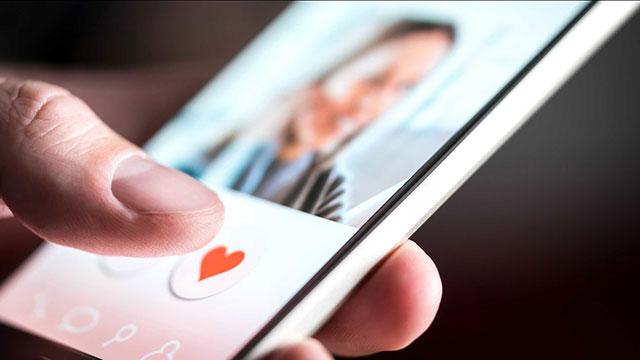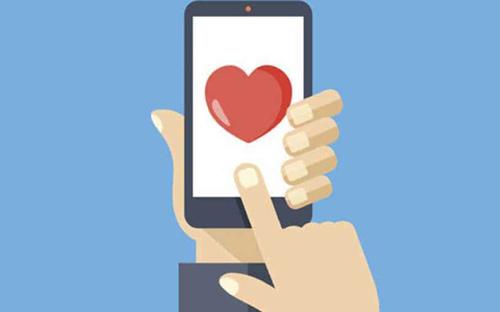WASHINGTON –– Looking to meet women, 20-year-old US college student Leland turned to mobile phone app Tinder, after a friend told him about his own successful exploits.
Leland’s results were mixed: He was matched with around 400 women over more than a year but only ended up meeting two, and one of them felt “awkward”.
“I get to experiment with ice breakers and pickup lines, so that aspect of it is pretty entertaining,” said Leland, a sophomore at a midwestern college. He asked that his full name not be used.
For now, Leland said he plans to stop using the app and go back to the old-fashioned way of meeting women, because “I don’t want to be known as that Tinder guy.”
Nonetheless, the use of mobile apps for meeting and dating is multiplying as people rely more on their smartphones as a daily hub. The apps can help people discover new friends in real time, based on the location pinpointed in their devices.
With apps like Tinder, prospective daters can see pictures of people who are nearby. If they see someone they like, they can swipe right to indicate interest. People who both swipe right on each other’s profiles can then contact each other.
Around 3 per cent of Americans have used mobile dating apps, while 9 per cent have tried traditional online dating websites, according to the Pew Research Centre.
Pew researcher Aaron Smith said dating app users “tend to be quite young, primarily people in their mid-20s or 30s” and very tied to their smartphones.
‘Digital Crush’
Julie Spira, author of a cyber-dating book and blog, said young people are most comfortable with mobile dating apps, which can speed up courtship and deliver “push notifications” of a so-called “digital crush”.
“People spend a lot of time checking e-mails or Facebook; it’s the first thing they look at when they wake up, so it makes a lot of sense to find love or friends or dates through the apps,” Spira told AFP.
SinglesAroundMe, among the first location-based dating apps, claims two million members in 100 countries around the world.
“One of the things women told me is they want to know where the single guys are,” said Christopher Klotz, founder and chief executive of the Canadian-based firm.
When SinglesAroundMe launched in 2010 “it seemed spooky to people” to use geolocation, but attitudes have evolved, Klotz said.
To ease security concerns, SinglesAroundMe developed technology which can mask or shift the location of users.
Another mobile app called Skout, which launched in 2007, calls itself the “largest global, mobile network for meeting new people” with 8 million members around the world, and says it facilitated over 350 million connections in 2013 alone.
Spokeswoman Jordan Barnes said Skout “is not just a dating app” because it helps facilitate professional relations and friendships as well as romantic encounters.
Barnes said Skout began as a website and shifted to mobile as smartphone use increased, and allowed people to connect based on location.
The app also has a “virtual travel” feature which enables users to find friends in a city they plan to visit.
“I think the digital age has changed people’s attitudes, it has taken the stigma away from meeting people online,” she told AFP.
Matching through Facebook
Hinge, a mobile app created by a startup in Washington, does not use geo-location but pulls information from users’ Facebook profiles to recommend matches.
“We think most people don’t necessarily want to meet someone where they just happen to be,” said Arjumand Bonhomme, head of engineering for Hinge.
By drawing from a user’s Facebook friends, likes, favorites and places, Hinge aims to introduce people who already share connections, often friends in common.
“Everyone we show is connected to you in some way. It is often someone you could have met at a house party or cocktail party,” Bonhomme told AFP.
To get around the problem of developing critical mass –– since people want to use the apps with the largest pools of users –– Hinge began by focusing on Washington, before launching in New York, Boston and San Francisco, with more cities to come.
















